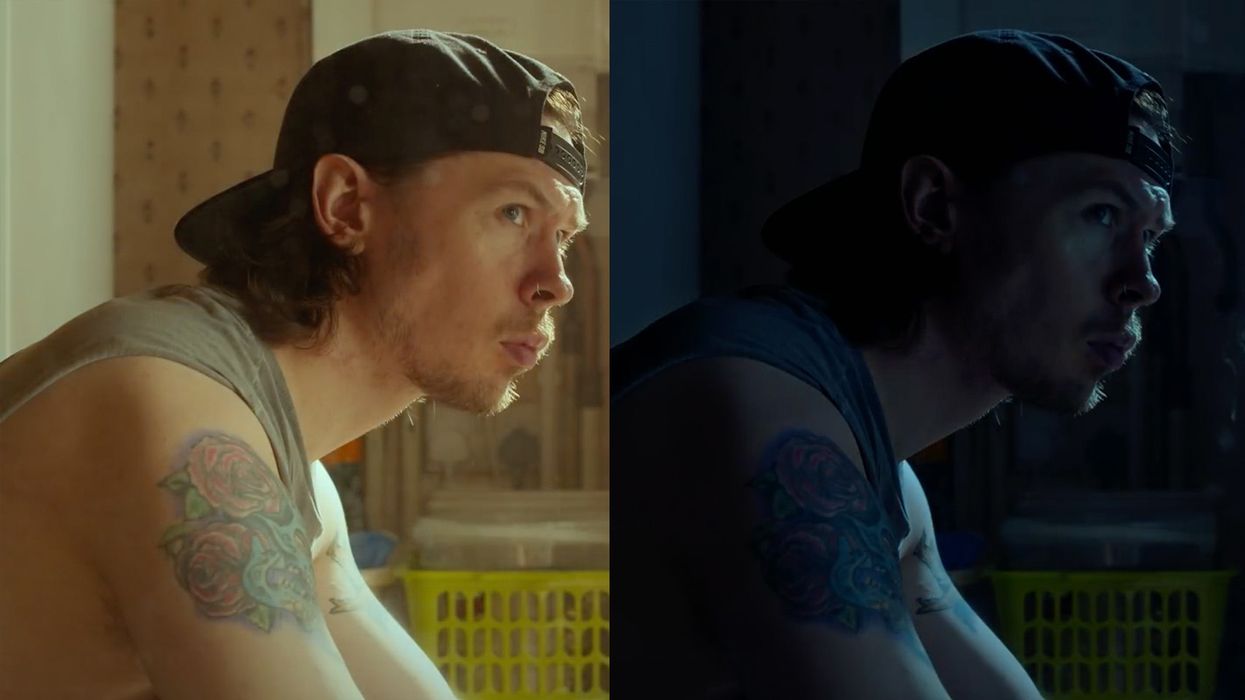How to Shoot Day and Night Scenes with One Setup and White Balance
Utilizing the sun to shoot day for night is a common practice. But how can you avoid fighting the shifts in natural light to shoot a night or day sequence with just one setup? Let’s find out!

For the film-savvy among us, Day for Night is a 1973 French film directed by François Truffaut. But the production-oriented folks of the group see day for night as a technique to shoot in sunlight but grade the image as if it were night.
However, fighting the ever-evolving sunlight, or moonlight for those shooting on Sony, can be an uphill battle that would have your production scrambling to finish your pages for the day.
Here’s where Rob Ellis comes in. By using one lighting setup at night, Ellis was able to shoot a morning scene, and a moonlit night scene by simply adjusting his white balance and the color grade.
The Breakdown
As seen in Ellis’ video, the scene was light with two lights. One for ambient soft light, and the other for direct sunlight/moonlight.

What’s interesting about his exploration in mimicking the sun and moon is that Ellis discovered that both sources produce hard light with harsh shadows, with moonlight being a less intense light and giving the appearance of soft light.
Because of this discovery, Ellis was able to use the same lighting setup to shoot both lighting scenarios. Since both sources that he was trying to mimic are the same, no changes to light were made.
Due to the way human eyes perceive daylight and moonlight, the only adjustments that were made to these scenes were white balance and shadows.

On the Topic of Lighting
While Ellis shot the entire scene at night in order to have more control over his lighting, larger-scale productions utilize a similar concept during the day.
When shooting in an interior, filmmakers block out the sun with negative fill or even black plastic bags and then remake the sun with high-powered lights such as HMIs.
For budget filmmakers, these types of setups may be financially difficult to achieve, as they require more grip gear and crew to set up. By using Ellis’ technique, creatives can achieve similar results with a smaller footprint.
Larger productions have the luxury of creating expensive setups to achieve their desired results. But that doesn’t mean budget creatives should ignore these concepts and try to reinvent the wheel.
Sometimes, the wheel is just what you need. All that you need to do is adjust how you’re using it.
Source: Rob Ellis











